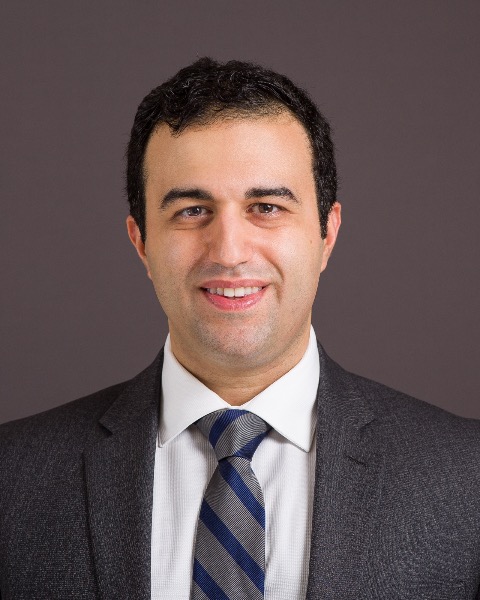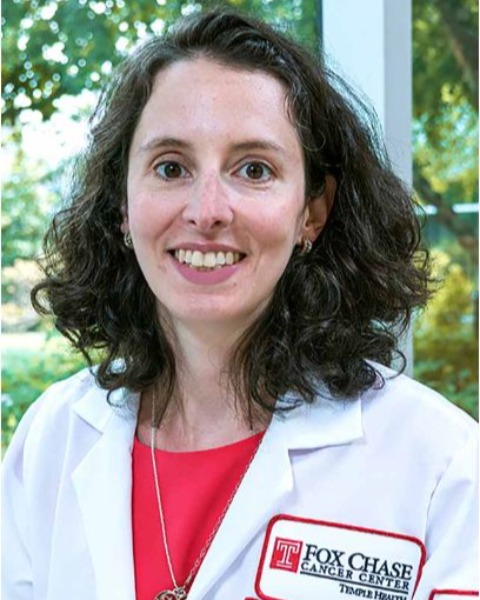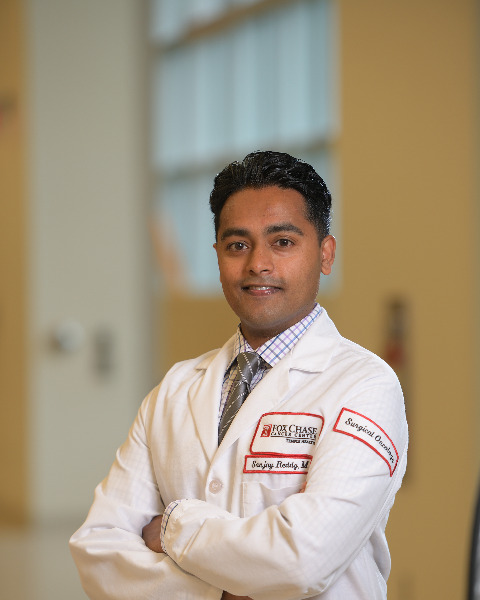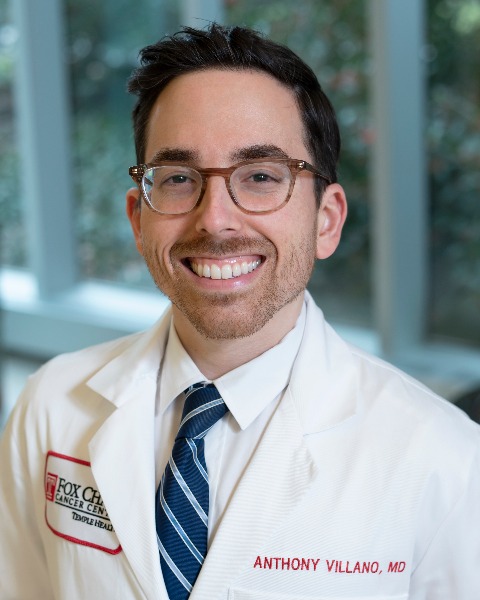Upper Gastrointestinal (lips to ileocecal valve, including esophagus and stomach)
E475: Establishing the Facility Volume to Outcome Relationship for Minimally Invasive Gastrectomy for Gastric Cancer: a National Review of Outcomes

Basheer Elsolh, MD MPH FRCSC
Fellow
Fox Chase Cancer Center
Philadelphia, Pennsylvania, United States
Basheer Elsolh, MD MPH FRCSC
Fellow
Fox Chase Cancer Center
Philadelphia, Pennsylvania, United States
Basheer Elsolh, MD MPH FRCSC
Fellow
Fox Chase Cancer Center
Philadelphia, Pennsylvania, United States- KR
Karen Ruth, MS
Senior Research Biostatistician
Fox Chase Cancer Center, United States - AP
Andrea S. Porpiglia, MD, Mac
Surgical Oncologist
Department of Surgical Oncology, Fox Chase Cancer Center, United States 
Stephanie H. Greco, MD
Assistant Professor
Fox Chase Cancer Center, Pennsylvania, United States
Sanjay S. Reddy, MD
Associate Professor
Fox Chase Cancer Center
Philadelphia, PA, United States
Jeffrey M. Farma, MD
Professor
Fox Chase Cancer Center
Philadelphia, Pennsylvania, United States
Anthony M. Villano, MD (he/him/his)
Assistant Professor
Fox Chase Cancer Center
Philadelphia, Pennsylvania, United States
ePoster Abstract Author(s)
Submitter(s)
Author(s)
Advances in surgical technique have led to incorporation of minimally invasive (MIS) approaches in treatment gastric cancer (GC) treatment. Although a volume-outcome relationship is well established for gastrectomy overall, studies have not explored the volume-outcome relationship stratified by operative approach (open/laparoscopic/robotic) in a Western cohort for GC.
Methods:
We identified National Cancer Database (NCDB) adult patients with gastric cancer who underwent gastrectomy (partial/total) with open, laparoscopic, or robotic approach between 2010-20. Annual gastrectomy facility volume (FV) was stratified into quintiles by approach. We included non-metastatic patients with gastric adenocarcinoma as their only cancer. The primary outcome was 90-day mortality, and secondary outcomes included surgical margin, inadequate nodal yield (< 16 nodes). Logistic regression and Cox proportional hazards regression were used for covariate adjustment.
Results:
FV for analytic quintile determination was based on 43,831 cases (26,016 open, 13,855 laparoscopic, and 3,960 robotic). Mean annual FV (cases/year) varied by approach: 2.4 open, 1.8 laparoscopic, and 1.6 robotic. The analytic cohort for adenocarcinoma included 19,738 patients (12,560 open; 5,048 laparoscopic; 1,770 robotic). Baseline characteristics were comparable across surgical approaches, including: age (mean 65.5); gender (39.8% female); insurance status (34.1% private, 10.4% Medicaid, 49.6% Medicare), and clinical stage (stage I 34.4%, stage II 28.5%, stage III 35.7%). In comparing the highest and lowest FV quintiles, 90-day mortality was significantly better with higher volume for open (4.7% vs. 8.9%, p< 0.001) and laparoscopic (3.6% vs. 6.4%, p< 0.001) approaches, but not robotic (2.1% vs. 2.6%, p >0.05). After controlling for covariates, lowest (vs. highest) quintile centers had higher rates of inadequate lymphadenopathy: open OR 2.17 (95%CI 1.73-2.71), laparoscopic OR 2.96 (95%CI 2.03-4.31), robotic OR 3.41 (95%CI 2.05-5.67). Margin positivity was associated with the lowest quintile (vs. highest) for the open approach OR=1.72 (95%CI 1.28-2.31) but not for laparoscopic or robotic approaches. A volume-outcome relationship exists for MIS in GC across several perioperative metrics. Given the unique challenges of GC surgery (such as lymphadenectomy), these findings support regionalization of complex GC operations to higher volume centers.
Conclusions:
Learning Objectives:
- describe the volume to outcome relationship in minimally invasive surgery for gastric cancer.
- describe the improved mortality benefit seen post MIS gastrectomy at high volume centers.
- discuss the improved lymphadenectomy rates seen at high volume centers performing gastrectomies.
